Let's get straight to it. We can talk all we like about beautiful scenery, inspiring achievements and the fitness benefits of a long trek - all of which are good and true, but let's face it, if you've got blistered feet no matter how amazing the view from the mountain summit you're not going to fully enjoy the experience.
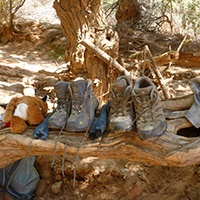
So here's some sound advice (from personal experience) on how to keep your feet happy whilst trekking.
Here in the DA office we are no different to you - if we're heading off on a challenge we have worries and a common concern is the state of our feet! 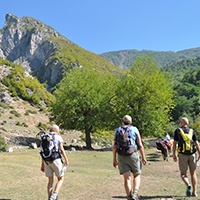
In the hope that this will be useful to those of you starting out on your trekking training, or taking it up to the next level, here are a few tips I’ve benefited from:
1. Make sure your boots aren’t too small
Basic, right? Rob’s tip is to take the insole out of your boot and put your foot on it to check there’s at least a centimetre’s clearance. That way when your foot flattens out when walking your toes aren’t right up against the edge. Remember both feet are rarely exactly the same size, so check both.
2. Lace your boots to ensure your heels don’t slip when trekking
I could feel my feet moving around in my boots while I was walking up a very steep hill in Purbeck, and suddenly remembered that I used to lace my boots differently to avoid that happening. I think I avoided heel blisters in the nick of time. Check out the ‘heel lock’ lacing combination – I thought this was a useful website but there are plenty of others.
There are other lacing combinations for different foot issues – well-trained boot fitters at outdoor shops can show you, or look online. Take your time when training to see if these methods suit you – probably best not to experiment the day before you go, especially if you haven’t had any problems!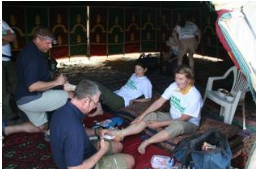
3. Avoid sweaty feet
Having sweaty or wet feet often causes blisters, so having the right socks that wick moisture away is a must. I’ve taken to liberally dusting my feet with talc before a walk, which seems to have helped too.
Thinking of trekking the Sahara? Here's our 10 top tips
4. Sock combinations
Some people swear by liner socks, which help reduce friction between your foot and your boot. Others say you don’t need them if your main socks are good enough. I’ve never used them as a matter of course, but I have worn some with thinner walking socks and they made a noticeable difference to the boot fit. Try different sock combinations when you’re training and see what works.
5. Stop whenever you feel a hot spot
If you feel a hot spot on your foot, it’s a potential blister developing, so stop and sort it out immediately. If you’re walking with others, don’t be shy about asking them to wait. Sometimes it can just be that some grit has got in, or there’s a crease in your sock. Your feet can swell after walking for a while, so you may need to loosen a section of lacing. If you need to whack on a compeed or some moleskin, do that – whatever works for you.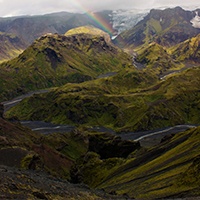
6. Toughen up your feet
You probably won't need to do this if you have sensibly signed up a year before your trip, but I tend to put surgical spirit on my feet to toughen up the skin for a few days before I go. It works, and I'm sure that without it I'd have had problems. The downside is that it has a rather strong smell and my husband is not a fan.
The main thing with training is that the earlier you start, the more time to have to get to know your feet and boots, and figure out what works and what doesn’t. To be honest I could do with a few more weeks to experiment a bit more, as I’ve forgotten more than I know. But I shall attempt to be optimistic. Let’s hope that on my return I am blogging about how amazing the trek is, not how to treat blisters, and that I haven’t been relegated to filing duties.
The main thing with training is that the earlier you start, the more time to have to get to know your feet and boots, and figure out what works and what doesn’t. We know that considering the slight downsides of a challenge isn't always the most fun, but honestly, if you prepare well you'll enjoy the upsides all the more.
For more expert advice on getting the right footwear, do check out Cotswold Outdoor or alternatively if you want to find out any more about how you can prepare for your upcoming trip, get in touch with the DA team. 
.png)
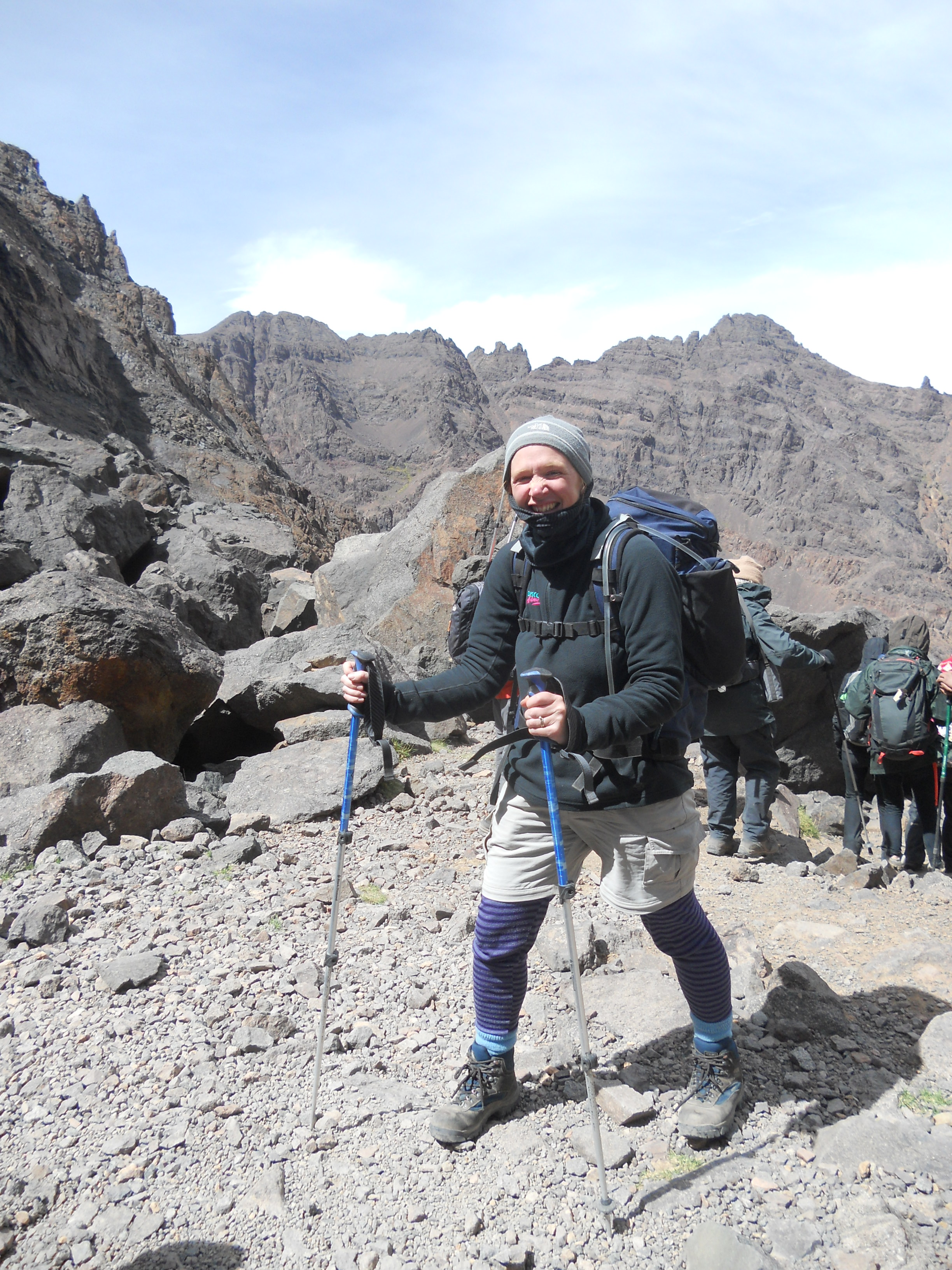






 Travel Website Development
Travel Website Development